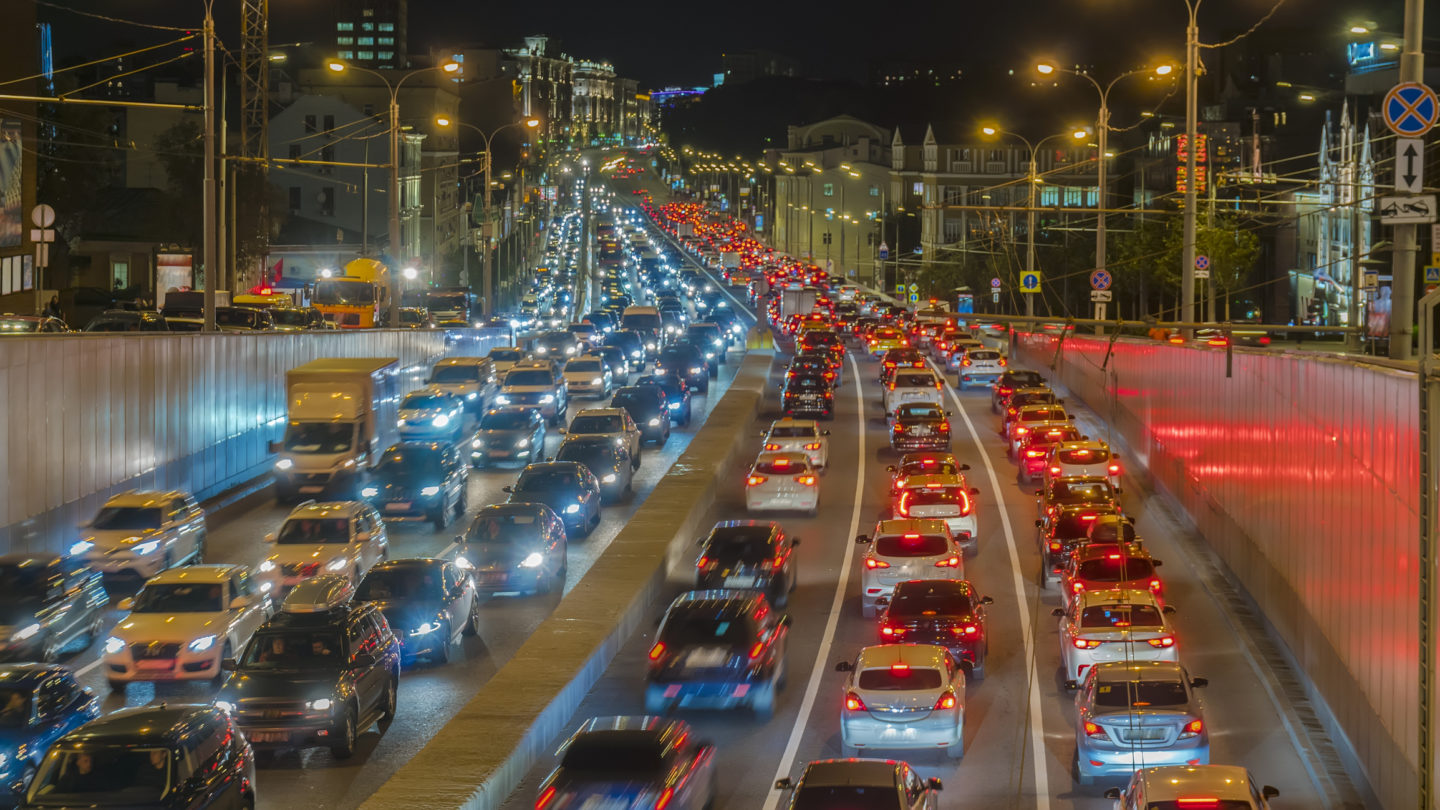Rebalancing of sustainability efforts: more social
The second question that firms need to address is the balance of their actions between social and environmental issues.
Each lever can be activated in both domains. And social and environmental issues are inextricably linked. For example, many environmental issues have direct social consequences – think about deforestation or rising sea levels.
However, firms can still decide the relative weight that they want to give to environmental and social issues. And COVID-19 is disproportionally hitting the health and the living conditions of poor people, women and minorities, with ensuing consequences likely to be felt in the next two to three years. This creates a new situation and suggests that companies’ sustainability needle will probably have to be pushed in the direction of social concerns and developing projects to help people who have been hit hardest by the crisis.
This could include programs to create low-priced product ranges, provide job training for people at the bottom of the income pyramid, or fund NGOs supporting inclusion and diversity.
Revisiting the mix of levers: prioritizing the ‘business case’
Experts predict that the COVID crisis will be followed by months and years of economic and financial hardship. This will strain firms’ resources and inevitably cause a systematic re-examination of their spending, including on sustainability. They therefore ought to think about tactically refocusing their portfolio of sustainability efforts on projects that are “business case compatible” over the next two to three years.
This means concentrating efforts on actions covered by Levers 1 to 3, which are all part of the “business case” for sustainability – the idea of “doing well by doing good”.
Such actions do not alter firms’ traditional business logic, but offer new tools to improve their financial performance. Spending in these areas can therefore be considered as investments, and – at least in the case of Lever 1 – a return can easily be computed as the initiatives pursued either increased revenues or decreased costs. Levers 2 and 3 can also be justified economically. Initiatives undertaken under Lever 2 increase the chances of the firm keeping its license to operate and maintaining its sources of revenue, while actions under Lever 3 have an impact on performance drivers such as employee motivation, innovation and reputation.
In contrast, the long-term orientation of Lever 4 may be a difficult sell during this period, based as it is on a belief that sustainability strategies have a transformative power, that may or not have positive long-term financial consequences.
And initiatives under Levers 5 and 6 may be seen as unnecessary expenditure in this climate. Being proactive, by limiting spending in these areas, seems to be the best approach, to avoid someone subsequently using such programs as an argument for pulling the plug on a firm’s sustainability strategy.
Overall, given that the effects of sustainability measures are only really felt in the long term, firms need to start thinking now about how to adjust their sustainability strategies in light of the COVID-19 crisis.
Individually, none of the three changes outlined above requires a fundamental reassessment of their strategies, but taken together they may call for substantial revisions in the types of projects that companies want to undertake. This medium-term flexibility may well be a reasonable price to pay to ensure that sustainability stays on the long-term agenda.





